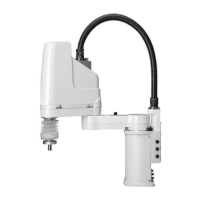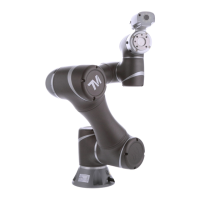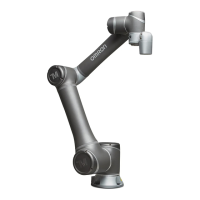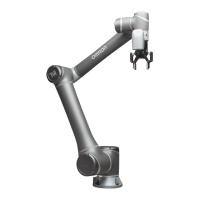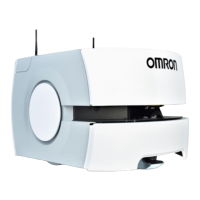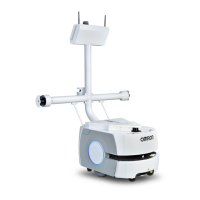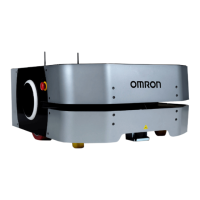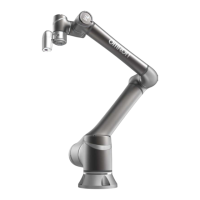4-3
CHAPTER 4 Adjustment
There are three absolute reset methods for the X series: the sensor method,
mark method, and stroke end method.
The X-axis, Y-axis, and R-axis use the sensor method as the initial setting,
while the Z-axis uses the stroke end method.
3-1 Absolute reset method
3-1-1 Sensor method (X-axis, Y-axis, and R-axis)
In the sensor method, the target axis is automatically operated for the absolute
reset, and the absolute reset is performed at the position where the proximity
sensor provided on the target axis detects the detection area (dog).
The absolute reset in the sensor method can be executed with the programming
box (PB), RS-232C communication, and dedicated input.
CAUTION
MAKE POINT DATA SETTING AFTER CHANGING THE ORIGIN
POSITION.
AFTER CHANGING THE ORIGIN POSITION, DO NOT USE THE
PREVIOUS POINT DATA.
WARNING
SERIOUS INJURY MIGHT OCCUR FROM PHYSICAL CONTACT WITH
THE ROBOT DURING OPERATION.
NEVER ENTER WITHIN THE ROBOT MOVEMENT RANGE DURING
ABSOLUTE RESET.
CAUTION
THE ORIGIN CANNOT BE DETECTED IN ANY AXIS WHICH IS NOT
POSITIONED ON THE PLUS SIDE FROM THE ORIGIN (SEE FIG. 4-2.)
BEFORE STARTING THE RETURN-TO-ORIGIN OPERATION. (FACTORY
SETTING AT SHIPMENT.)
IN THIS CASE, PRESS THE STOP KEY TO INTERRUPT THE RETURN-TO-
ORIGIN OPERATION, MOVE THE TARGET AXIS TO THE PLUS SIDE OF
THE ORIGIN, AND REPERFORM THE ORIGIN RETURN OPERATION.
IF THE RETURN-TO-ORIGIN OPERATION IS NOT INTERRUPTED, THE
ROBOT WILL CONTINUE THE OPERATION AND MAY COLLIDE WITH
THE MECHANICAL STOPPER OR A PERIPHERAL DEVICE. SINCE A
MECHANICAL STOPPER IS NOT PROVIDED IN THE R-AXIS, THE
WIRING AND PIPING INSTALLED ON THE END EFFECTER MAY BE
WOUND UP BY THE OPERATION.
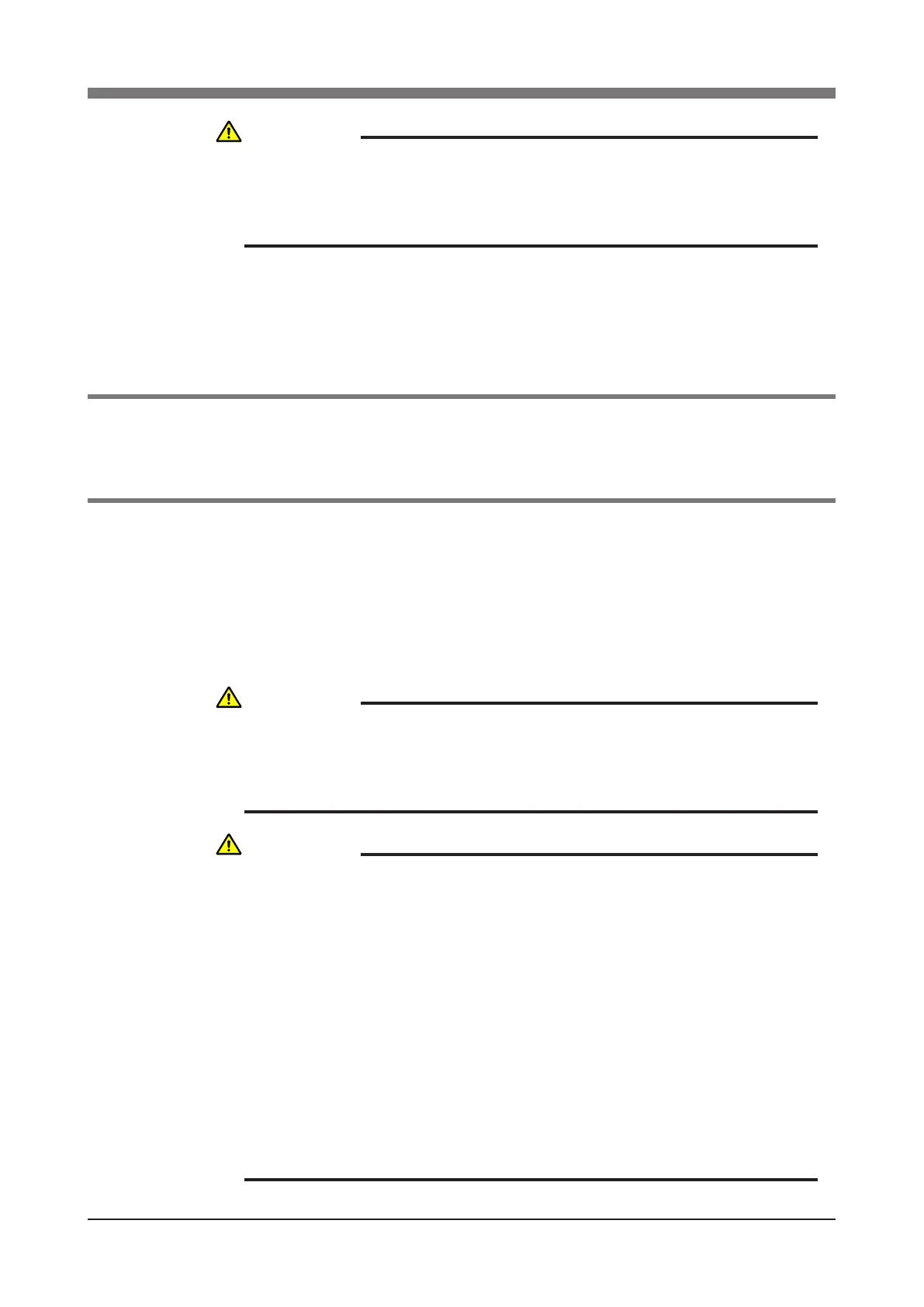